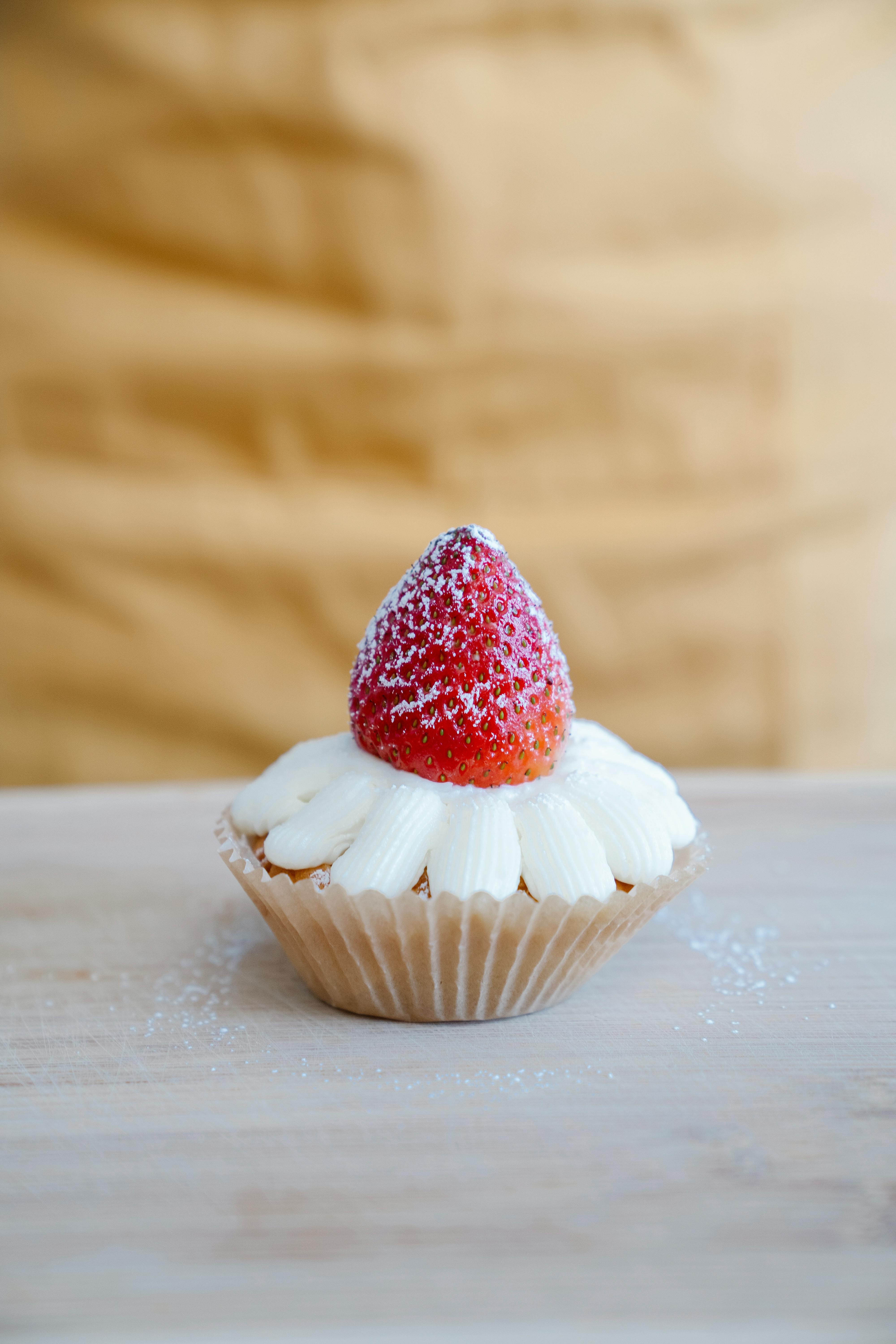
Smart Ways to Reheat Pasta for Better Taste in 2025

Reheating pasta can be a game-changer for meal prep enthusiasts, busy families, and anyone looking to enjoy their favorite dishes again without compromising taste. Whether it’s leftover spaghetti, fettuccine, or a hearty baked pasta dish, knowing the best methods to reheat pasta ensures that you retain its flavor and texture. In 2025, as our culinary capabilities evolve, mastering these reheating techniques also means embracing food safety and optimizing flavors, ultimately enhancing your dining experience.
In this comprehensive guide, we will explore smart ways to reheat pasta, including techniques that suit various types of pasta and specific reheating methods, such as using the microwave, stove, or oven. As we delve into the best practices for reheating different types of pasta, like ravioli or macaroni, we’ll also share storage tips and creative ideas for pasta leftovers. By the end of this article, you’ll have a clear understanding of how to reheat pasta to achieve delicious results every time. Let’s get started!
Essential Techniques for Reheating Pasta Properly
To ensure your pasta remains pleasing to the palate, it’s crucial to apply the right reheating methods. Just like preparing pasta, reheating techniques vary depending on the type of pasta you’re working with. Understanding these methods also helps you avoid common mistakes that can lead to dryness or a mushy texture.
Microwave Pasta: A Quick Solution
When short on time, using the microwave to reheat pasta is an efficient option. This method works best for small portions of pasta. Here’s how to do it effectively:
- Transfer the pasta to a microwave-safe dish and add a splash of water or sauce to maintain moisture.
- Cover the dish with a microwave-safe lid or damp paper towel to trap steam.
- Heat on medium power in one-minute intervals, stirring in between, until heated through.
This technique does the job, but be cautious not to overcook, as pasta can become rubbery.
Stovetop Pasta: Flavor Enhancement Method
Reheating pasta on the stovetop is highly effective for a flavorful meal revival, especially when reheating pasta with sauce. Begin by adding a small amount of water or extra sauce to a frying pan over medium heat.
- Once the liquid begins to simmer, add your leftover pasta.
- Stir frequently for even heating, and make sure the pasta is fully coated with sauce.
- Cook until heated thoroughly and the sauce bubbles slightly.
This method helps rejuvenate the pasta flavor, making it deliciously comparable to freshly cooked dishes.
Oven Baked Pasta: Ideal for Baked Dishes
For pasta bakes and casseroles, using the oven is the best way to reheat while retaining texture. Preheat your oven to 350°F (175°C) and follow these steps:
- Place the pasta in an oven-safe dish and cover it with foil to prevent drying.
- Heat for about 20 minutes or until hot in the center.
- For an added touch, uncover for the last 5 minutes to achieve a slightly crispy top.
This method is perfect for serving reheated pasta at gatherings or family dinners.
Pasta Storage Tips for Longer Freshness
To maximize the quality of your pasta, proper storage is essential. Knowing how to store pasta effectively can save you from wasting leftovers. Here’s a concise guide on keeping your pasta fresh:
Cooling Pasta Quickly
After cooking, cool pasta rapidly to reduce bacteria growth. Spread it on a baking sheet and let it cool for about 20-30 minutes. Once cooled, transfer it to an airtight container.
Best Containers for Storing Pasta
Use BPA-free plastic containers or glass jars with tight lids. Avoid metal containers, which can affect taste, especially with acidic sauces.
Storing Pasta with Sauce
When storing pasta mixed with sauce, always ensure it is cooled first. Store in single portions to make reheating easier later. If possible, consider refrigerating sauces separately to maintain freshness.

Creative Ideas for Reheated Pasta Dishes
There’s no limit to the culinary creativity you can unleash with leftover pasta. Not only can you reheat it simply, but you can reinvent dishes completely!
Reheating Pasta Salad
For a light meal, take your cold pasta salad and reheat it using the stovetop method outlined earlier. Adding fresh veggies and a drizzle of olive oil enhances flavor without sacrificing nutrition.
Flavoring Reheated Pasta
Boost flavor profiles by incorporating fresh herbs, spices, or cheese into your reheated pasta. Experiment with basil or thyme to elevate your reheated spaghetti or fettuccine.
Reheated Macaroni and Cheese
For creamy goodness, add milk or cream when reheating your macaroni and cheese. This helps in recreating that luscious texture and rich flavor you love.
Reheating Techniques for Different Pasta Shapes
Not all pasta shapes react the same way when reheated. Here’s how to handle some popular types effectively:
Reheating Spaghetti
To reheat spaghetti, use the stovetop method with extra sauce or liquid to maintain texture. Stirring constantly keeps the strands from sticking together.
Reheating Gnocchi
For gnocchi, a gentle simmer in water can bring back its pillowy softness. Avoid boiling to prevent mushiness.
Reheating Ravioli
Ravioli can be reheated in a similar fashion. Submerge them in boiling water for a few minutes before tossing in sauce for extra flavor.
Common Mistakes to Avoid When Reheating Pasta
As you master reheating, be aware of these pitfalls:
Ignoring Moisture
Neglecting to add moisture can lead to dry pasta. Always include a little water, sauce, or broth.
Overheating
Each pasta shape has its optimal reheating time. Overheating can compromise texture and flavor. Always check for doneness regularly.
Not Covering
Failing to cover your dish can result in steam escaping, leading to drying out. Use lids or foil to trap steam, especially in the microwave or oven.
Frequently Asked Questions about Reheating Pasta
Can I reheat pasta multiple times?
It’s best to reheat pasta only once to maintain its quality and prevent food safety issues. If you have a lot of pasta, consider portioning it out before reheating.
How can I keep reheated pasta from sticking together?
Adding a small amount of olive oil during reheating helps prevent sticking. Ensure you stir frequently to keep the strands separated.
What is the best way to reheat pasta with sauce?
The stovetop method is the most effective for reheating pasta with sauce, ensuring flavors meld beautifully without drying out.
Can I freeze pasta for later use?
Yes, you can freeze cooked pasta. Ensure you store it in airtight containers, and consider separating it from sauces to maintain optimal texture when reheating.
Conclusion: Enjoying Perfectly Reheated Pasta
With these smart reheating strategies, leftover pasta can become an enjoyable meal that rivals the original. By using methods tailored to specific pasta types and employing effective storage practices, you can savor the delights of pasta dishes even days later. Embrace your culinary creativity to transform reheated pasta into new delicious meals. Happy reheating!